The Science & History of Hair Oils: What Really Works?
Have you ever wondered why manufacturers cover the hair oil bottle labels with those ingredients and other nonsense? Like… who even reads that? It’s tiny and complicated and, to be honest, looks like a chemistry exam gone wrong.
Actually… me. I read that.
And I’ve been reading it my whole life. I was one of those weirdly curious and nerdy kids who read package labels as a pastime. Sue me, I liked knowing what I was putting on my hair. And if somebody asked (nobody ever did), I could proudly answer ‘Brahmi and Bhringraj’ even though I had zero idea what they were or what they did. So, while other kids were enjoying the champi, I was busy trying to figure out fatty acids and wondering if Sesamum indicum was fancy for sesame oil (spoiler: it is).
Of course, it didn’t end there! What started as a nosy curiosity soon turned into a full-blown obsession. Because hidden in that deep jungle of unpronounceable words? Real stuff! Stuff that actually works! Stuff that has been trusted for thousands of years across various cultures, but now with the backing of science as well.
So let’s begin this oily, slippery (and surprisingly brainy) journey into the world of hair oils and why that tiny bottle is more than just an ancient weekly routine.
Table of Contents: |
The History of Hair Oils: From Cleopatra to Coconut Oil
Long before Reels hacks and extensive 12-step routines, people actually oiled their hair like their lives depended on it. And in some places, they actually did.
-
India: According to Ayurvedic texts like Charaka Samhita and Ashtanga Hridaya, oils were tailored to balance Vata, Pitta, and Kapha doshas. Oils weren’t just for hair, but they were also medicines and mood stabilisers.
-
Egypt: Cleopatra (the OG beauty influencer) used castor oil and almond oil to keep her hair strong. These oils were specifically associated with royalty and divinity.
-
Greece and Rome:
Olive oil was used by both genders, not only for hair but also as a scalp cleanser and moisturiser.
Different regions had different rituals, but the message was clear: oiling wasn’t optional—it was sacred.
The Rise of Modern Hair Oils
Today, you get more options in hair oils than you get in ice creams. There’s Ayurvedic, herbal, Moroccan, cold-pressed, hot-pressed, silicone-based, and so on.
While earlier these small bottles showed sacred rituals, today they are nothing but things you can post on your Instagram stories. And while some of them are actually authentic and true to their names, the others are just perfumed paraffin in disguise.
This is exactly where ingredient understanding comes in handy (and why reading so many labels paid off).

Chemistry 101: Penetrating vs Sealing Oils
-
Penetrating Oils: These are oils which go deep inside the hair shaft and actually nourish it from within. Examples include coconut, olive and avocado oil.
-
Sealing Oils: These are oils which sit outside and lock in moisture and help in making your dry hair look shiny. Examples include jojoba, grapeseed and castor oil.
And now to understand the key compounds in hair oils:
-
Fatty Acids: These nourish and soften the hair.
-
Antioxidants: They help to combat oxidative stress, which can age the scalp and slow hair growth.
-
Anti-inflammatory Compounds: Many Ayurvedic hair oils for growth contain herbs that soothe the scalp by reducing inflammation.
Some other (bioactive) components to look out for:
-
Vitamins: Vitamins like A, E and D help with scalp cell regeneration, antioxidant protection and follicle cycling, respectively.
-
Minerals: Minerals like zinc, magnesium and iron are found in herbal infusions like hibiscus and brahmi.
-
Plant Phytochemicals: Plant phytochemicals like saponins, flavonoids, and alkaloids offer antifungal and anti-inflammatory properties.
Ayurvedic oils like Bhringraj, Brahmi, and Amla are loaded with these, plus adaptogens that calm your body and mind. So yes, that weekly Sunday oil massage, or champi, actually lowers your stress levels.
What Happens at the Follicle Level? (aka Hair Science 101)
Ayurvedic hair oils for growth aren’t just about surface-level shine. Hair health starts at the root. Here’s what happens:
-
Nourishing the Follicle Bulb: The nutrients penetrate the follicular opening and help in protein formation.
-
Microcirculation Boost: Massaging with the oil boosts blood circulation to your scalp.
-
Reducing Oxidative Stress: Many oils neutralise free radicals that cause follicular damage and premature ageing.
-
Controlling Sebum and Dandruff: Herbal ingredients like neem and tea tree help rebalance sebum (oil) production.
-
Follicle Anchoring: Oils like bhringraj strengthen the hair shaft and reduce hair fall.
Consistent oiling, especially with Ayurvedic hair oils for growth, creates a healthy environment for your hair to actually grow and not just survive.
![]()
Does Science Even Approve?
Yes, and with citations too (don’t worry, I won’t bore you, but in case you’re curious):
-
Coconut oil has been studied extensively for preventing protein loss from both damaged and undamaged hair. (Rele AS, Mohile RB. Effect of mineral oil, sunflower oil, and coconut oil on prevention of hair damage. J Cosmet Sci. 2003 Mar-Apr;54(2):175-92. PMID: 12715094.)
-
Bhringraj (Eclipta alba) has shown potential in promoting hair growth in lab studies, working as a natural DHT blocker. (Roy RK, Thakur M, Dixit VK. Hair growth promoting activity of Eclipta alba in male albino rats. Arch Dermatol Res. 2008 Aug;300(7):357-64. doi: 10.1007/s00403-008-0860-3. Epub 2008 May 14. PMID: 18478241.)
-
Amla is rich in vitamin C and antioxidants, both of which can reduce premature greying and support scalp health. (Akhbari, M., Firooz, A., Rahimi, R., Shirzad, M., Esmaealzadeh, N., & Shirbeigi, L. (2024). The effect of an oral product containing Amla fruit (Phyllanthus emblica L.) on female androgenetic alopecia: A randomised controlled trial. Journal of Ethnopharmacology, 318, 116958. https://doi.org/10.1016/j.jep.2023.116958)
Hence, it would be fair to say that science and tradition are basically on the same page now.
So, What Really Works? It’s not just one magical oil or exotic ingredient. It’s consistency. And knowing your hair’s needs. Ayurvedic hair oils, when chosen correctly (based on your dosha or scalp issues), can boost growth and reduce hair fall—but only if you stick with them.
It’s not a one-time miracle. It’s a routine. A lifestyle, basically!
Final Thoughts From a Label-Reading, Oil-Loving Weirdo
Oiling your hair might seem like just another thing on your to-do list, but it’s one of those small rituals that gives back so much more. It connects us to tradition, to ourselves, and yes, to good hair days. So the next time you pour some Ayurvedic oil into your palm, remember – it’s not just oil. It’s centuries of wisdom + science + a whole lot of love in a bottle!
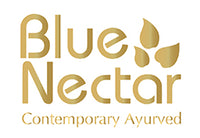

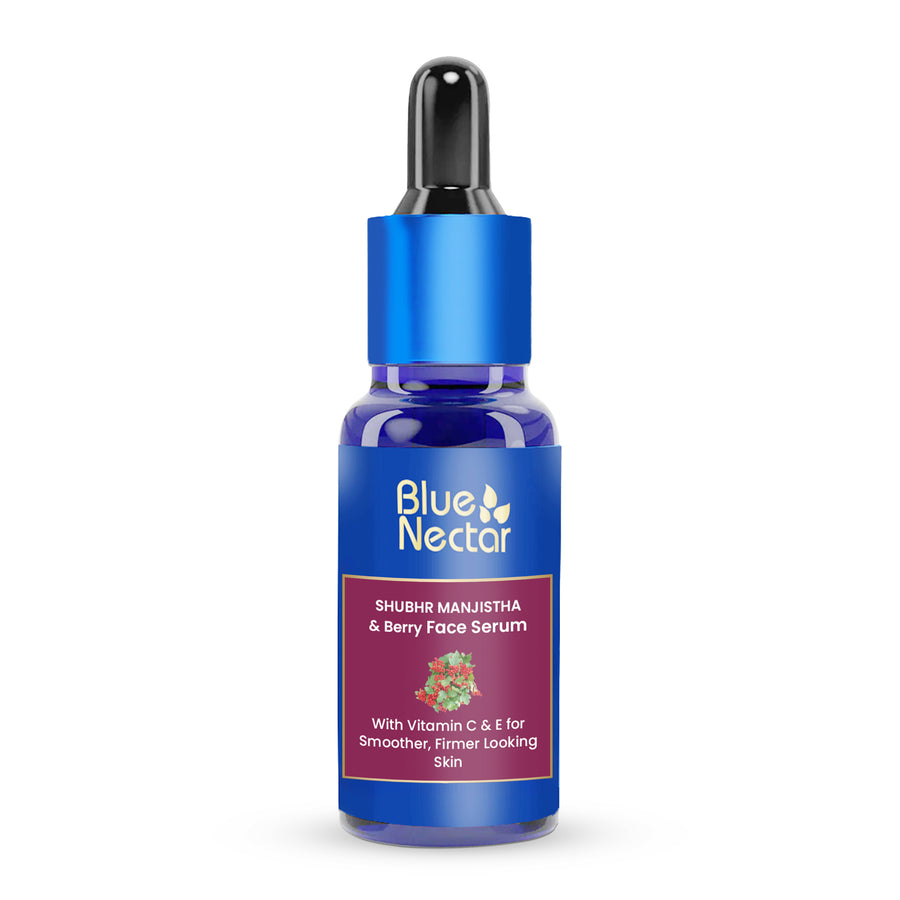
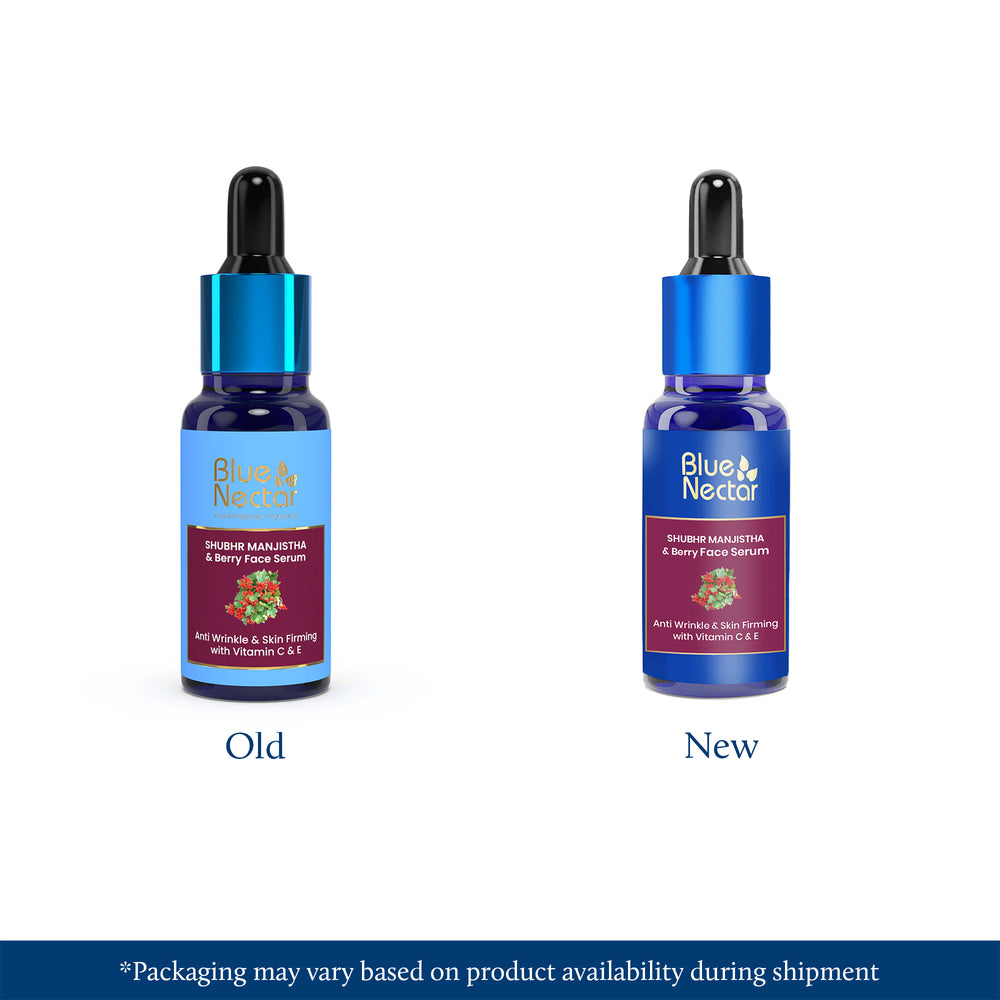
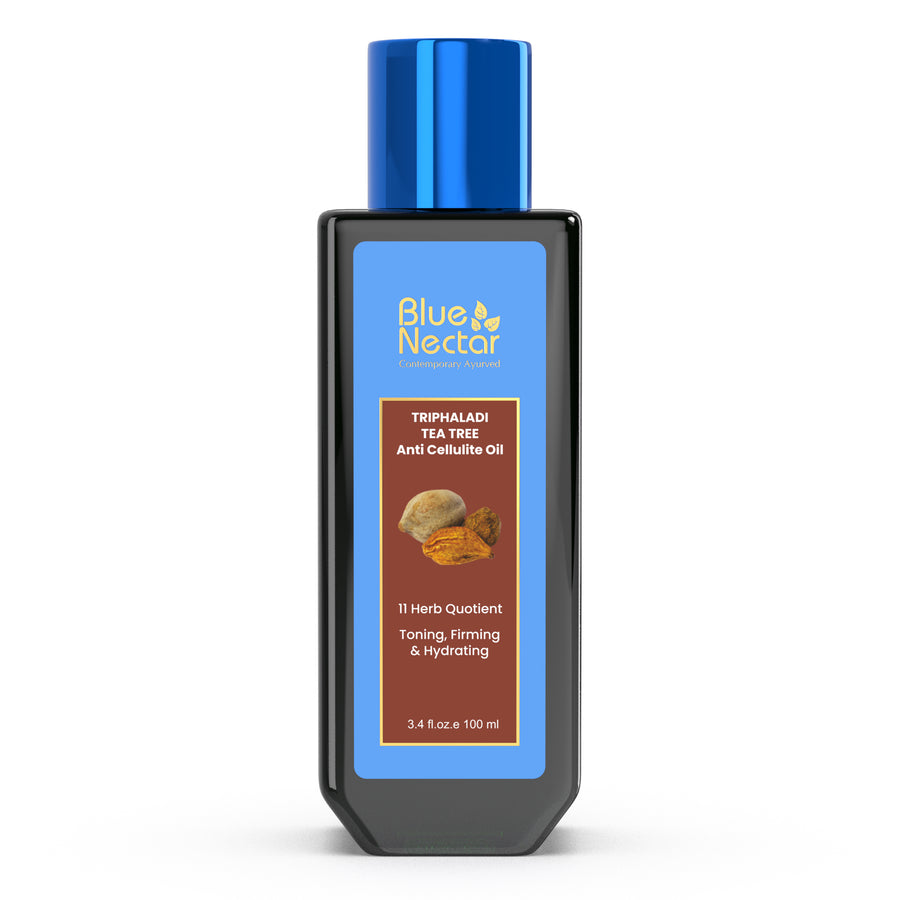
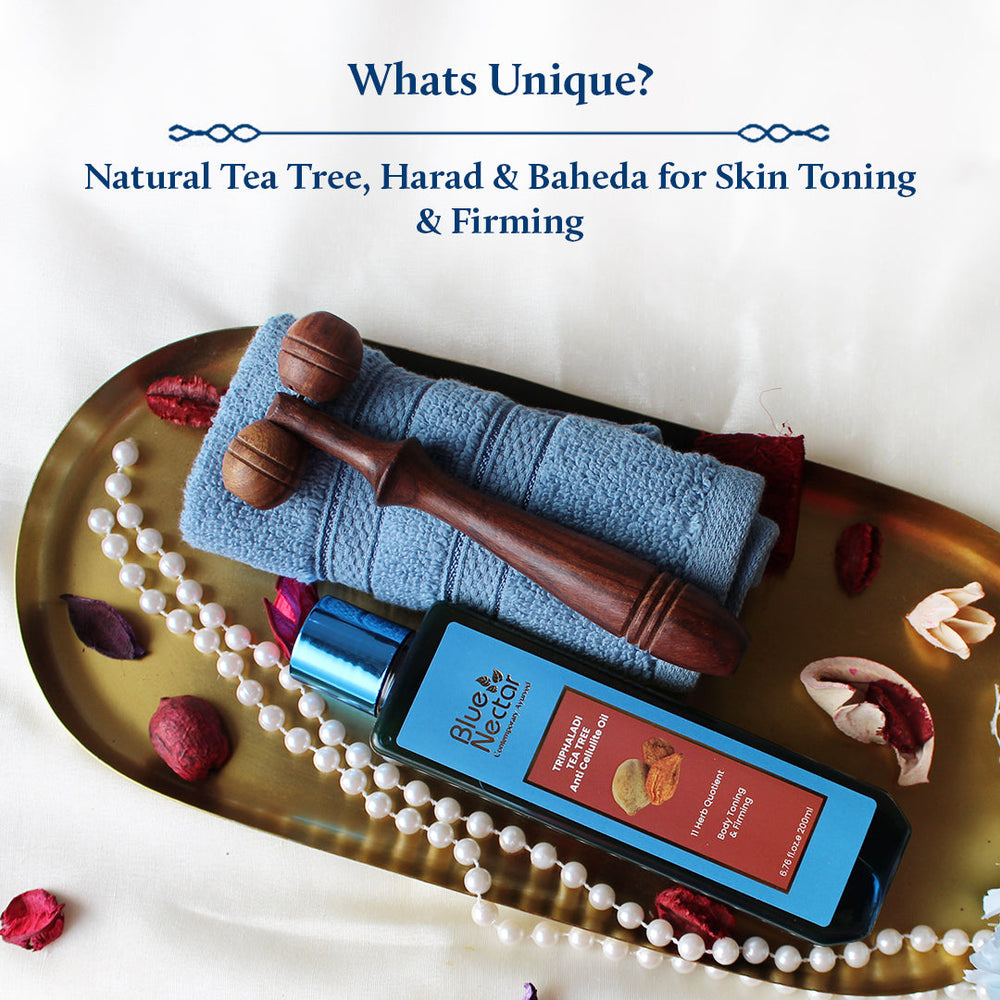
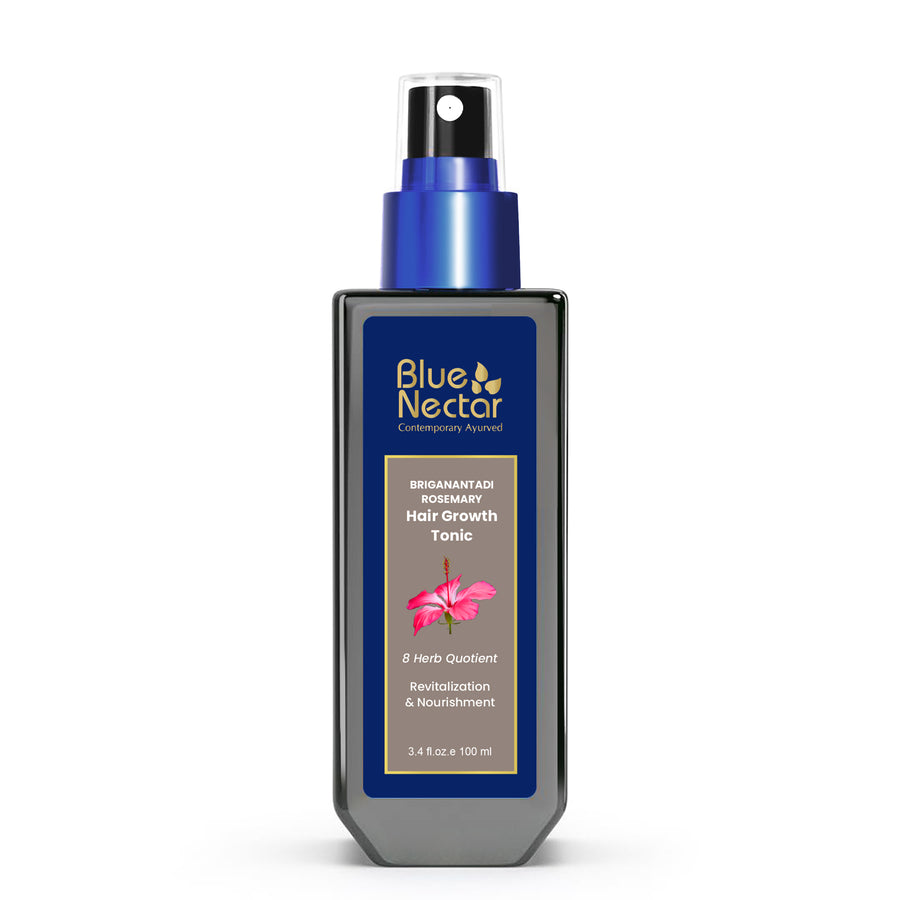
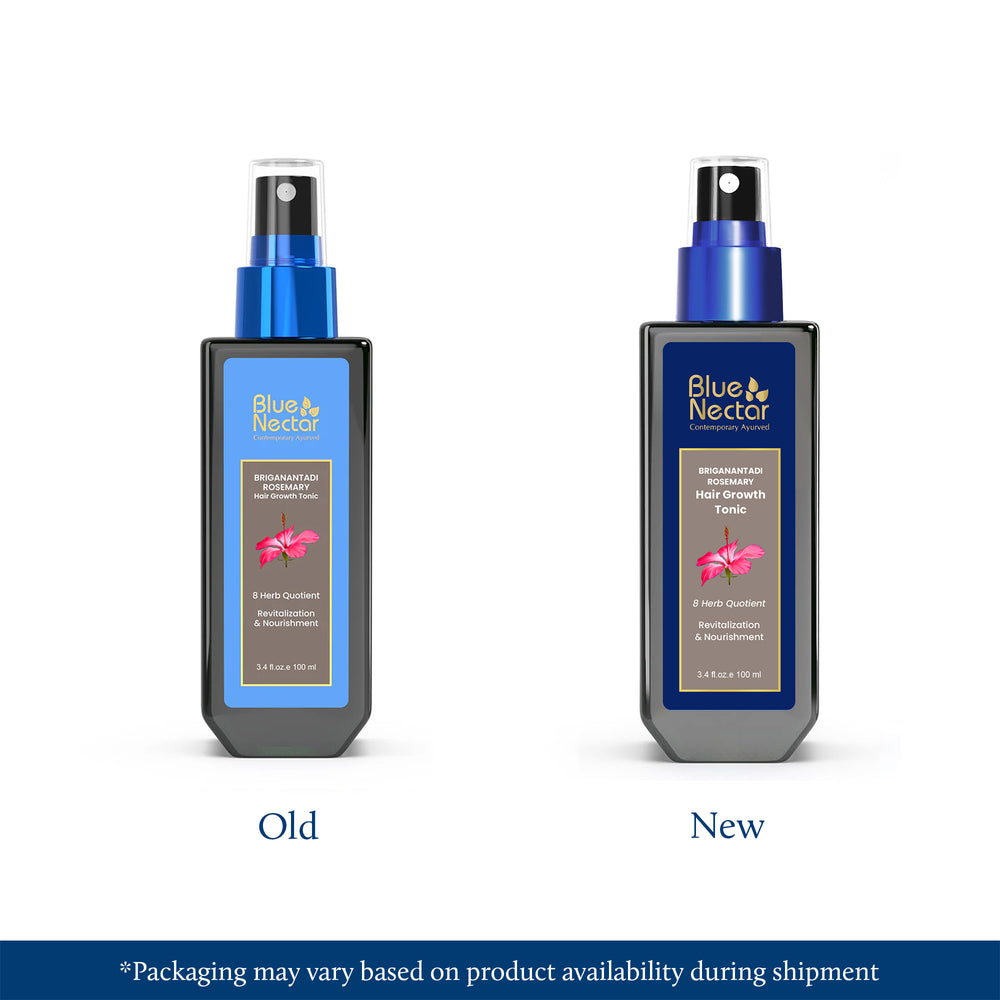
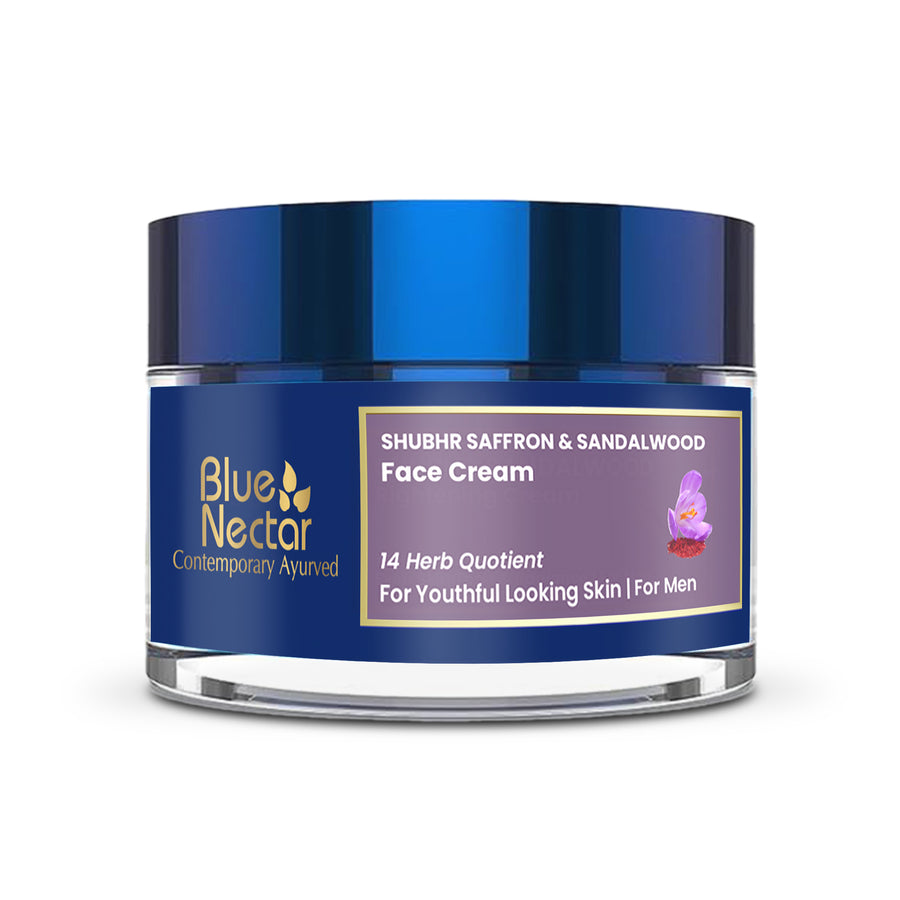
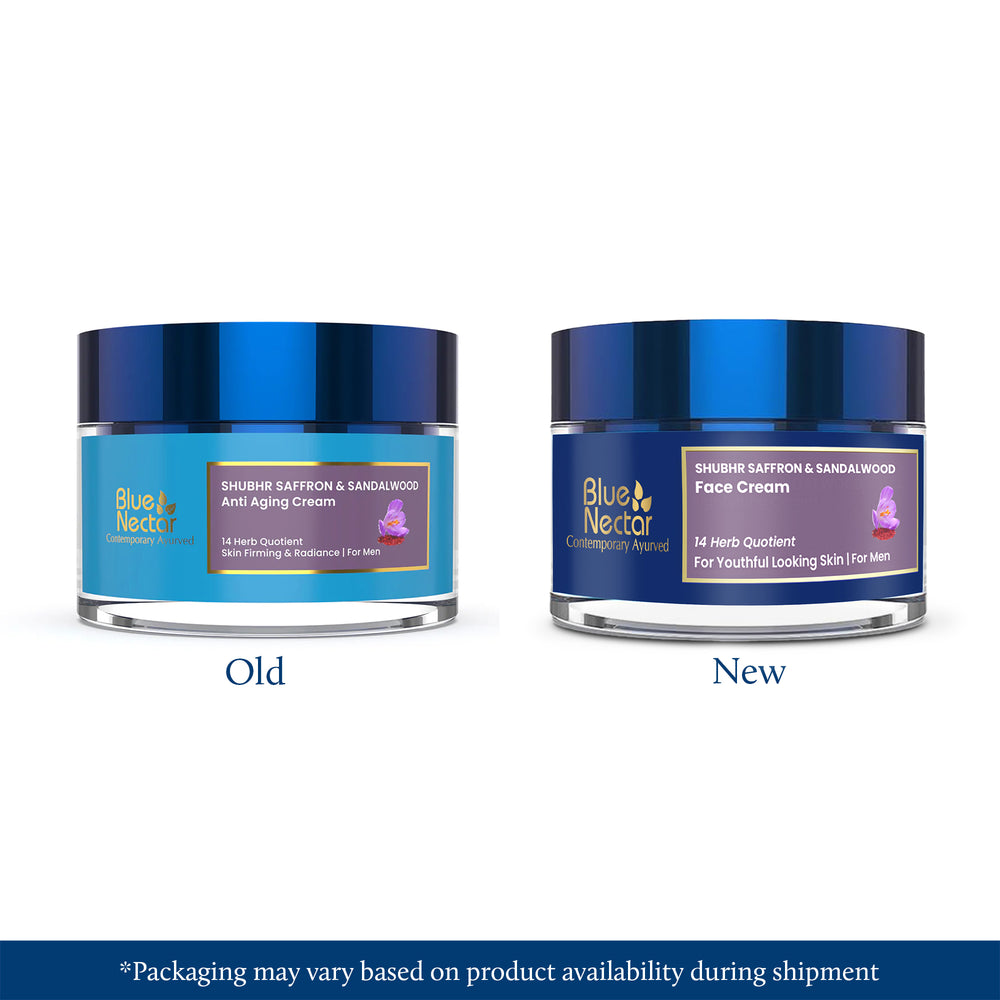
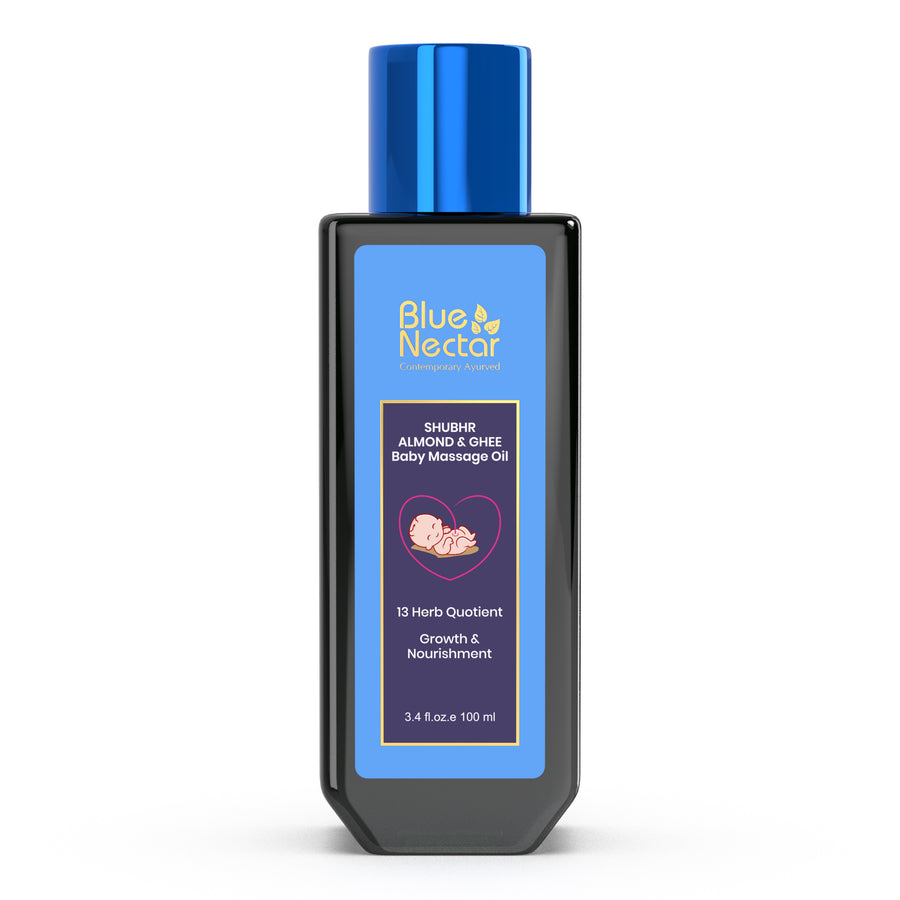
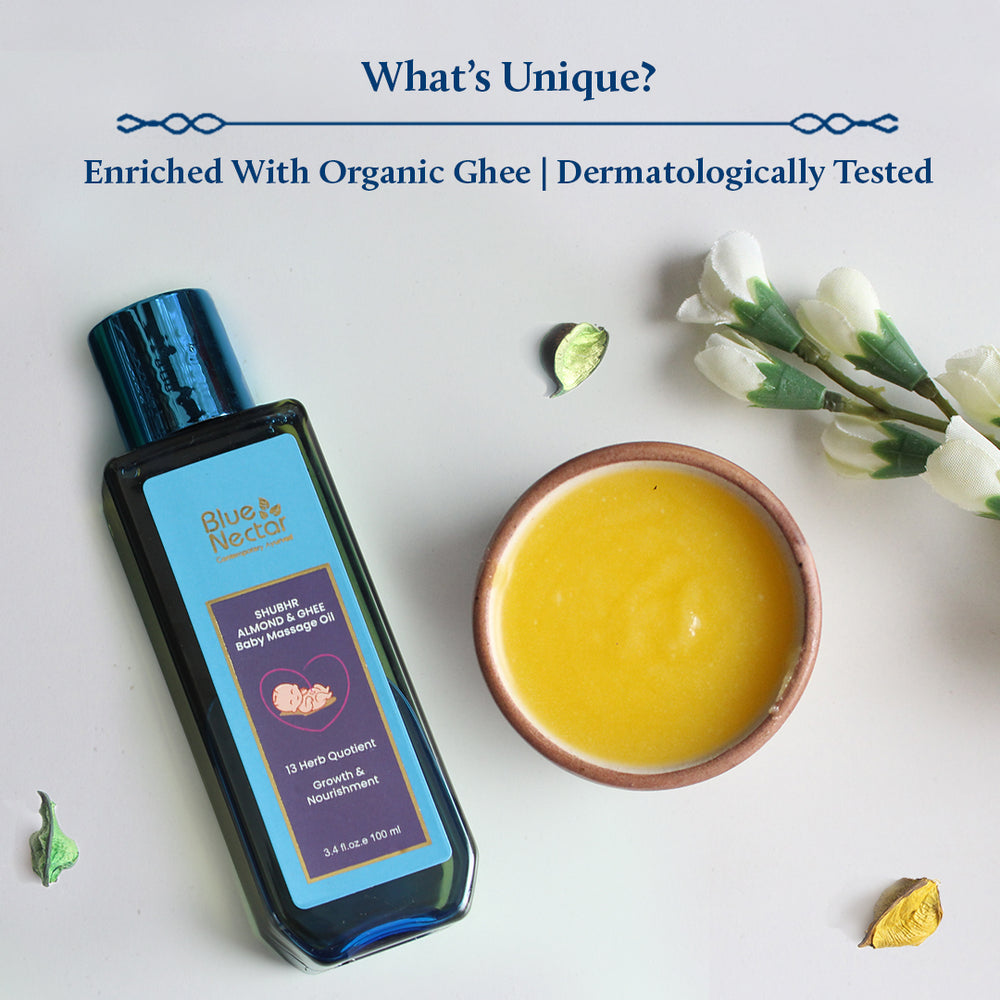
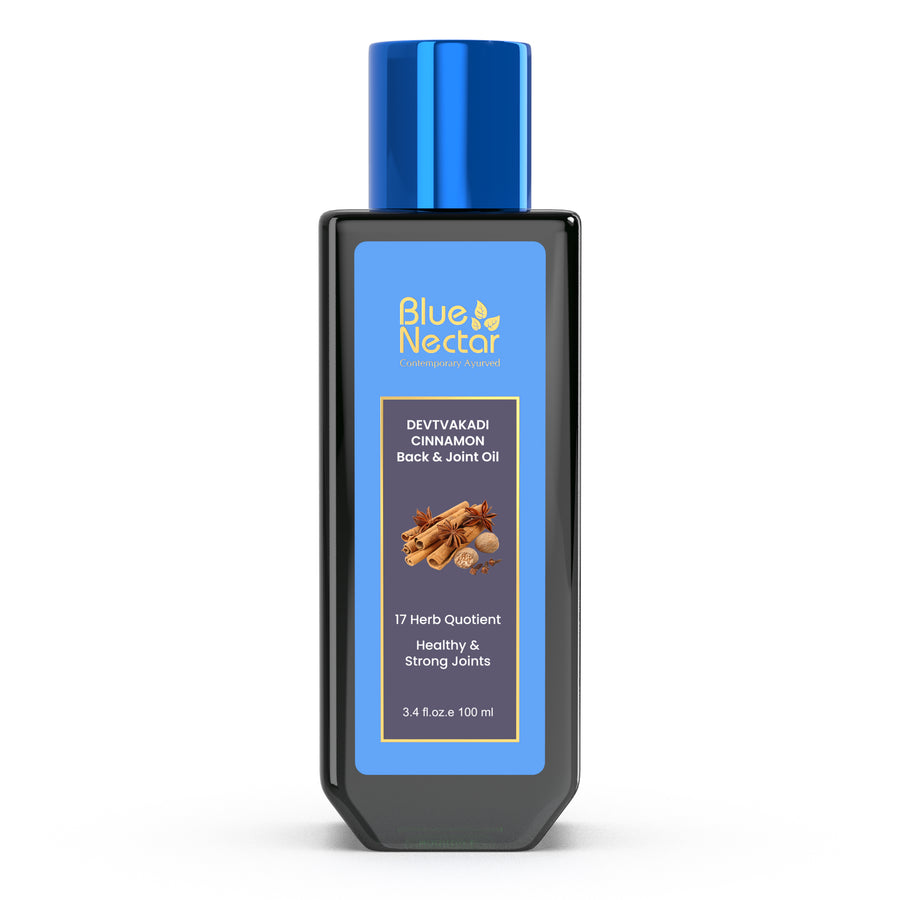
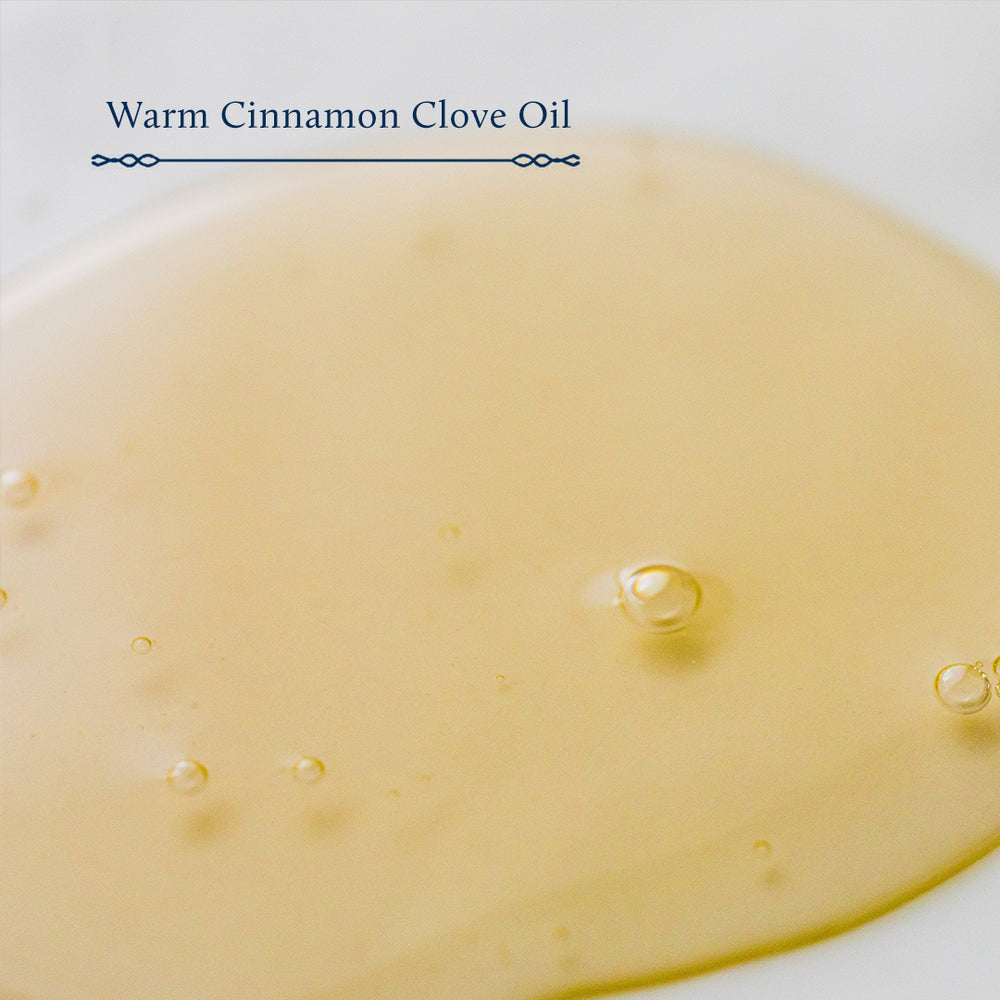



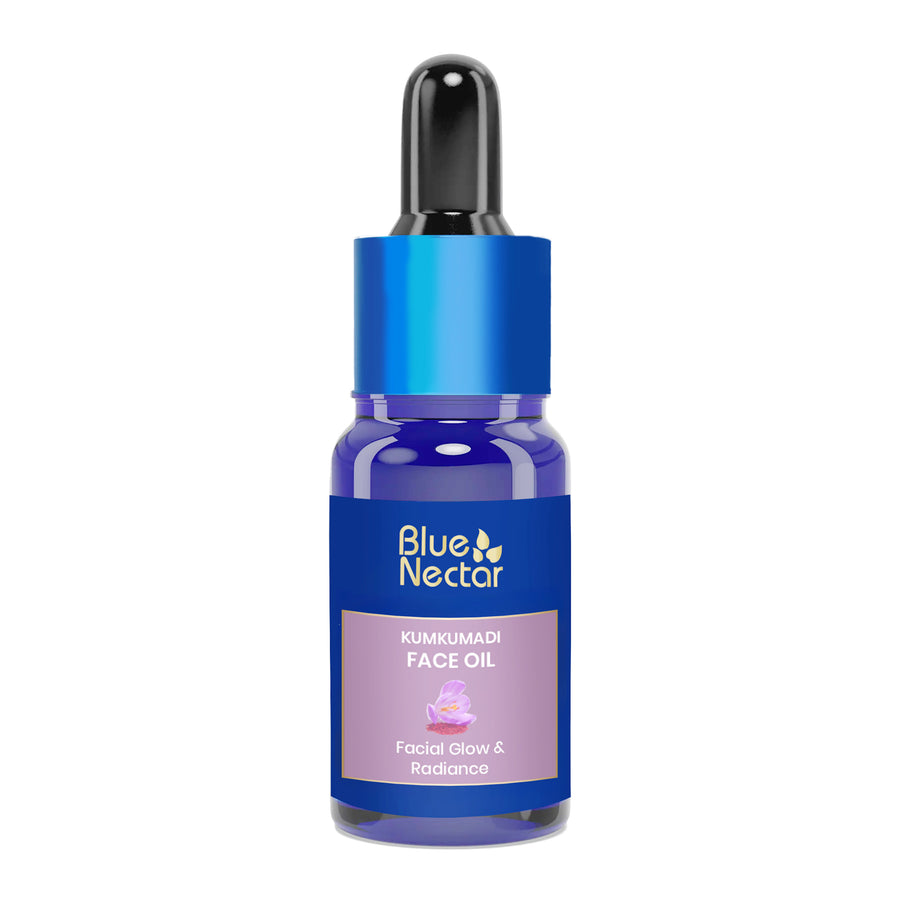
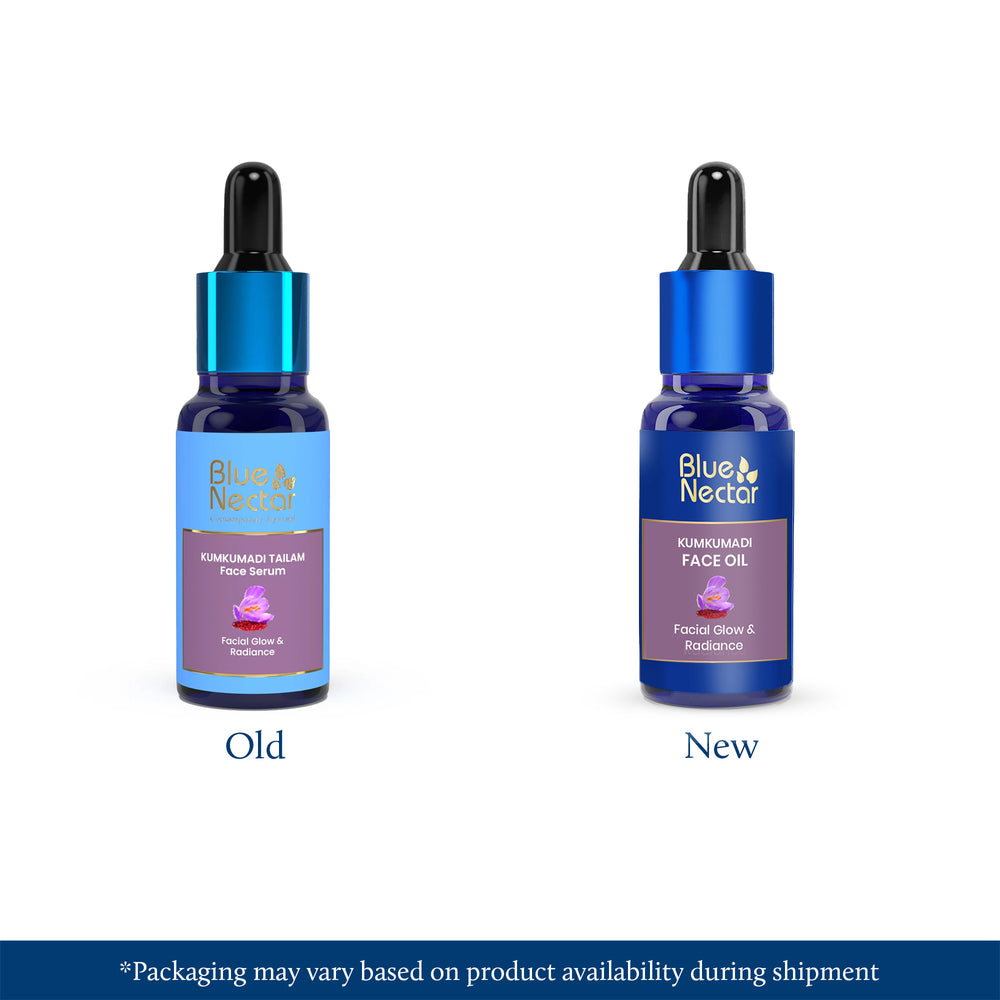
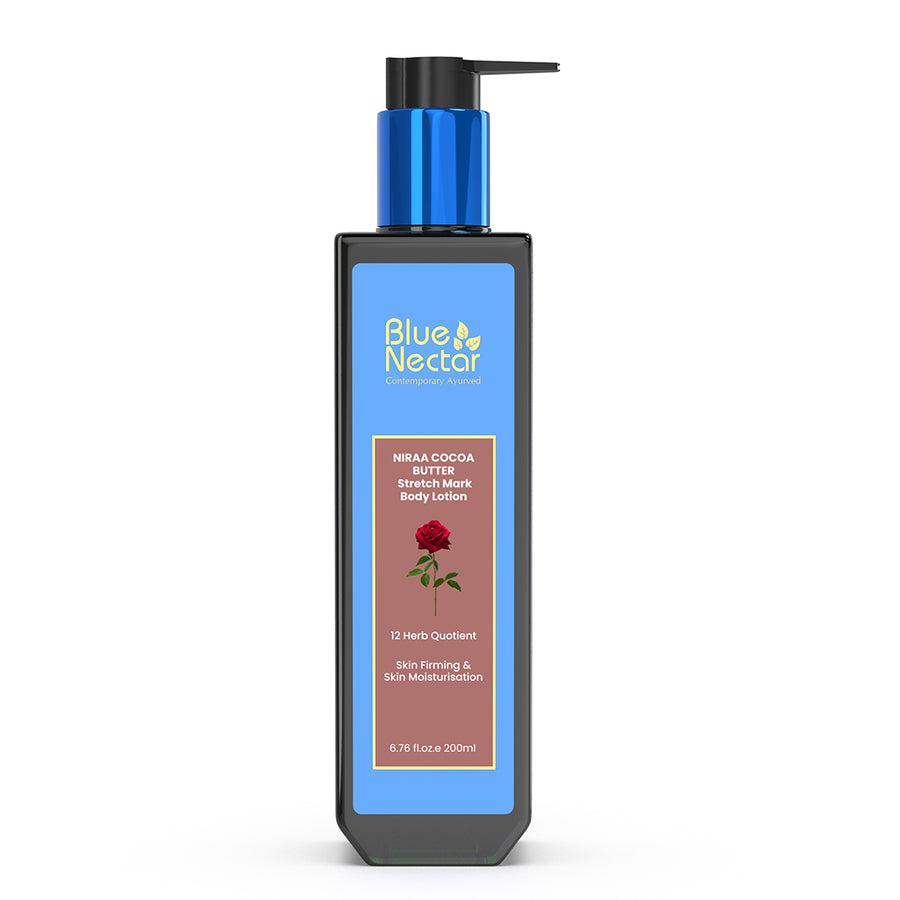
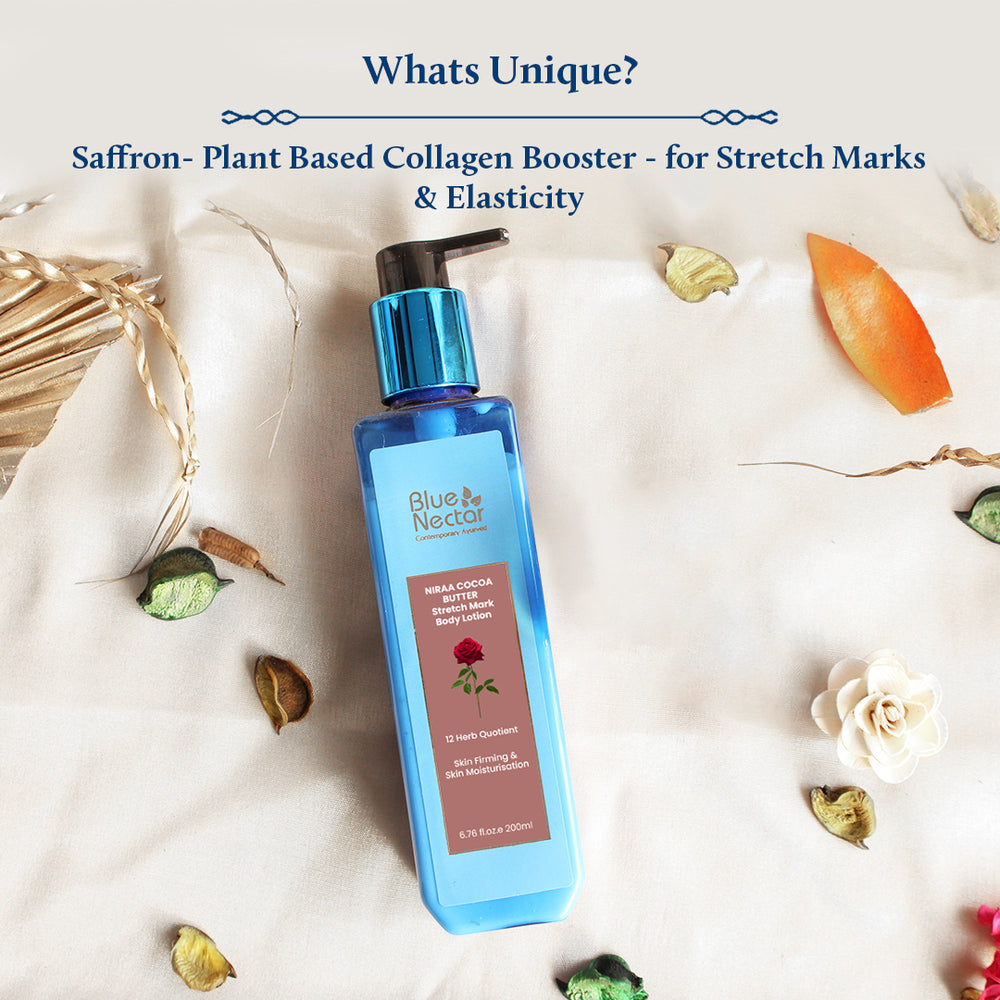
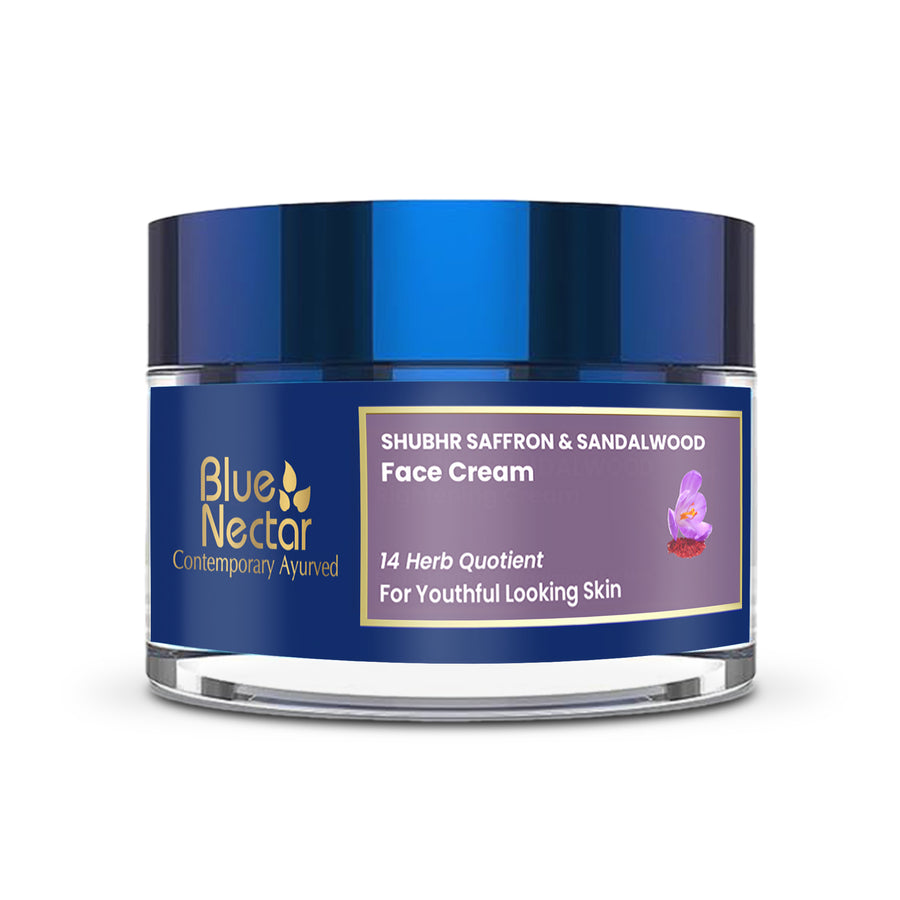
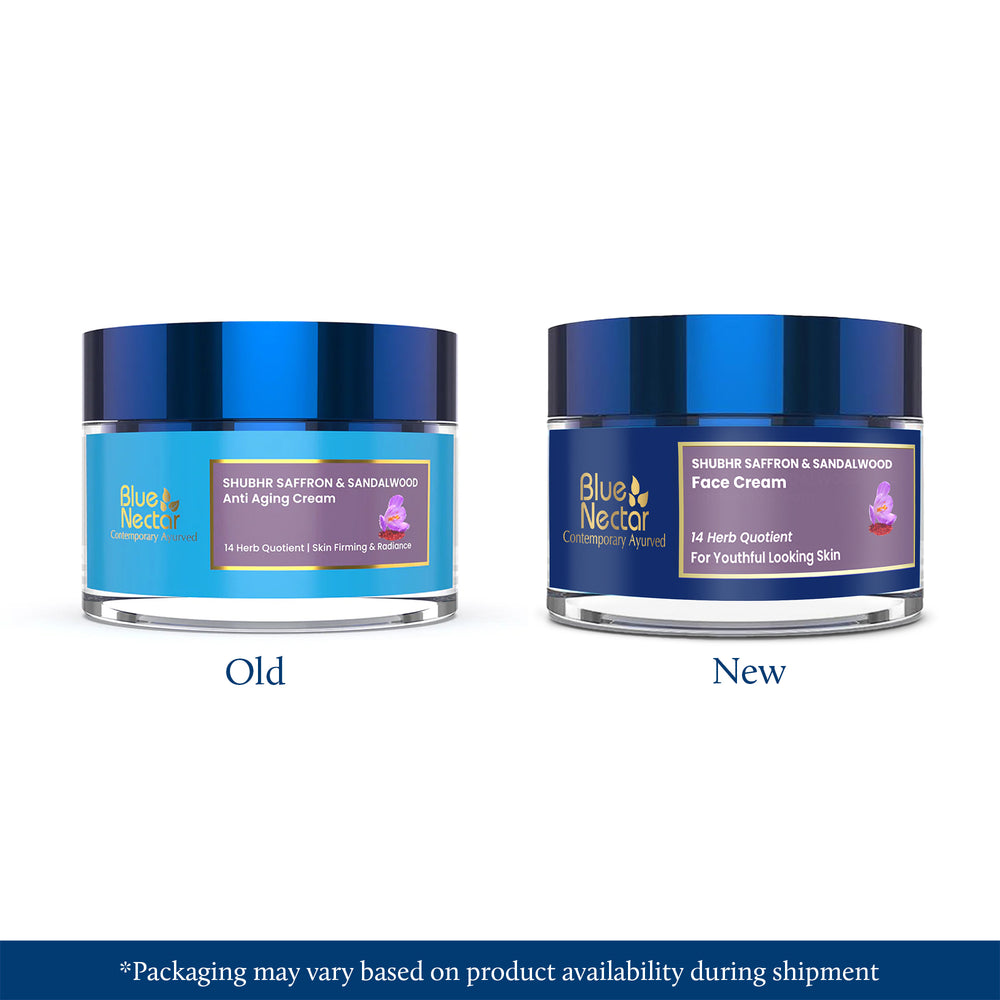
This was extremely insightful 😯 Looks like I’ll have to start reading labels more carefully
Seems interesting.
Could you provide further information about rosemary oil ?
Leave a comment